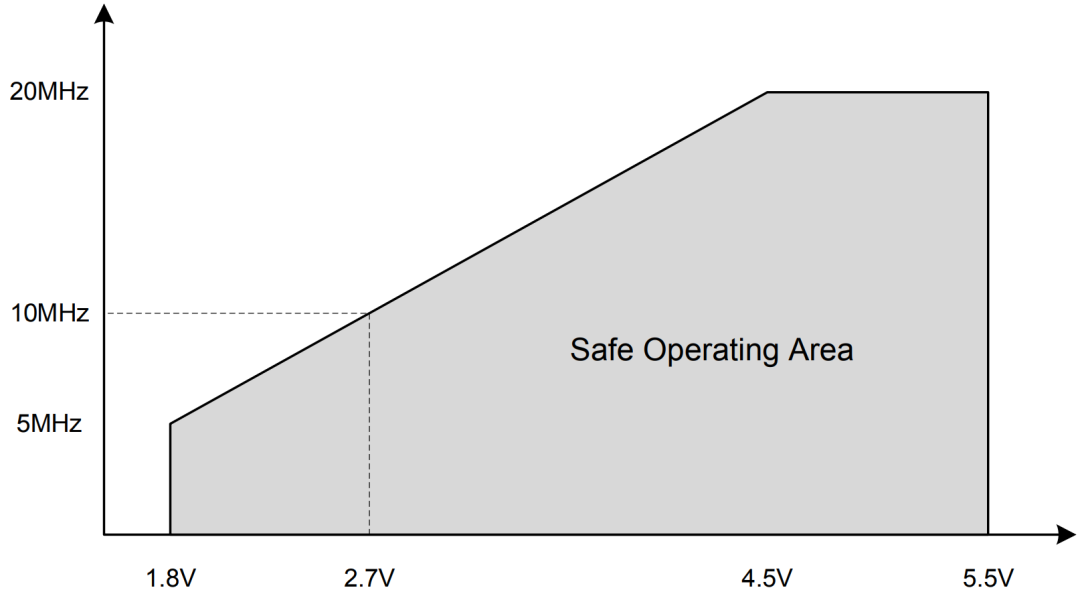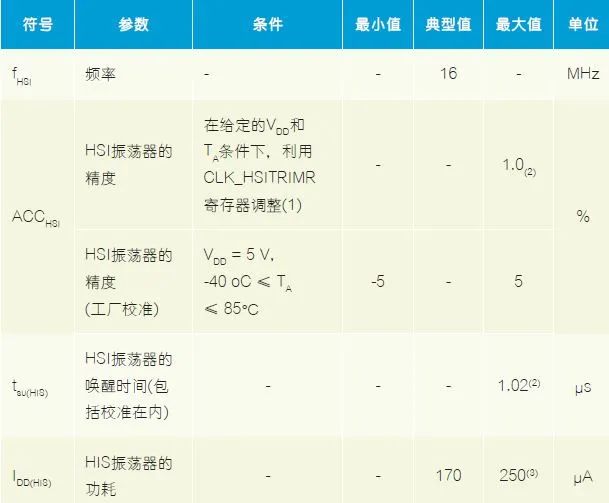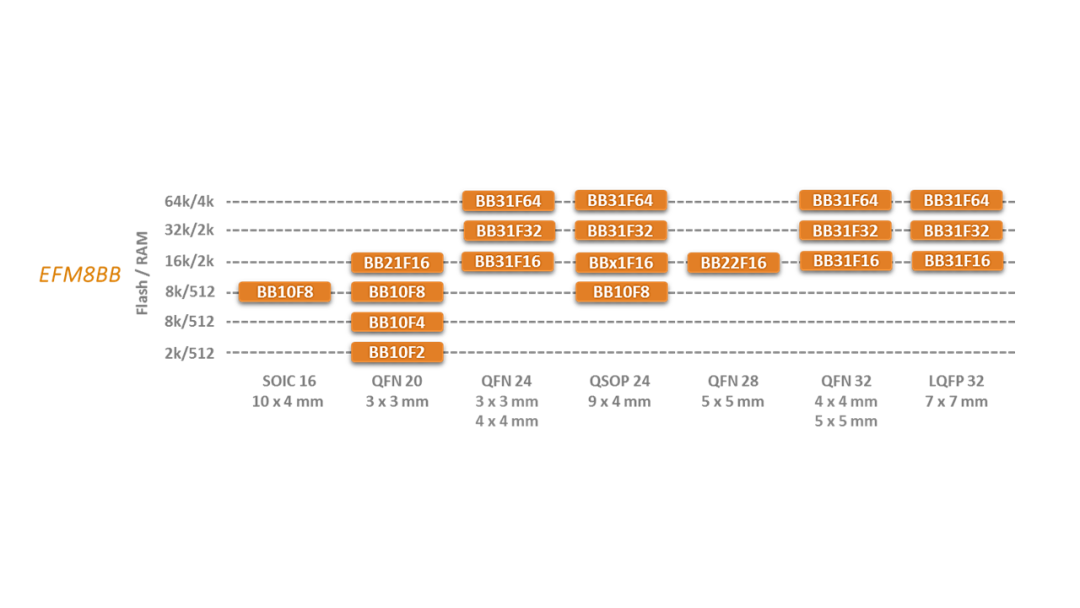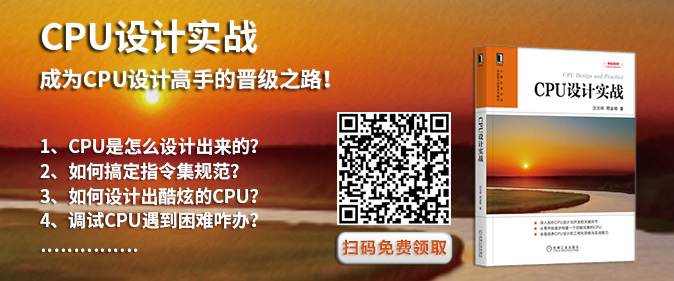Author: Mark Beecham, Silicon Labs
Introduction
Despite fierce competition and the strong growth of new platforms like the 32-bit Arm Cortex-M processors, today’s 8-bit MCUs still occupy a significant portion of the entire microcontroller (MCU) market. The continued advantages of 8-bit MCUs in the embedded market stem from several factors: low cost, simplicity, ease of use, and a mature ecosystem that includes ubiquitous tool libraries.The technology of 8-bit MCUs has matured significantly, with prices nearing their lower limits, presenting developers with a dilemma of choice. When searching for low-cost 8-bit MCUs for embedded designs, there are many products with similar price points and feature sets, but which one is the best choice? One often overlooked aspect is the true cost and value of similar 8-bit MCU hardware from different suppliers. Here are some important considerations that will ultimately reveal the actual value of 8-bit MCUs.
Ecosystem
▪ Tools
When cost becomes a primary consideration for embedded design, it is wise to avoid spending money on compiler licenses or coding environments. Before selecting an MCU, confirm whether the supplier’s chips and their provided software examples can be used on free development platforms. Otherwise, depending on the number of components required, even if one supplier’s average selling price (ASP) is equal to or higher than another’s, the final actual cost may be lower.For example, two 8051-based MCU options from competing vendors may have similar chip prices, but the tool costs differ. If the MCU supplier’s 8051-based chip lacks a free compiler or integrated development environment (IDE) license, developers must use Keil or IAR and pay licensing fees, thus increasing the total investment of the project. A more cost-effective option is to use an 8-bit platform that supports free IDEs and unlimited Keil license support.
▪ Software
Once the compiler and development environment are understood, the next invisible technical metric is the availability of software examples and ecosystem on the MCU platform. For instance, look for MCU suppliers that provide a wealth of code examples for their peripherals. This allows for easy control of each required peripheral, such as PWM, UART, and ADC, and then combining them into a project can quickly complete the design. This means products can reach the market faster and increase potential revenue, giving the product a higher premium capability. Therefore, a good MCU ecosystem can provide a greater cost-performance advantage.
Technical Metrics: Design, Characteristics, and Testing (GBD, GBC, and GBT)
When carefully reading the relatively simple specifications of 8-bit MCUs, one can easily understand the device’s functions from the summary page of the datasheet, then refer to the electrical specifications for more detailed information on important specifications. However, in reality, it is a bit more complex than it appears, and developers should consider three key aspects: 1) Are there minimum and maximum values that are important for the design? 2) Do the test conditions for these values match actual usage scenarios? 3) Are these parameters guaranteed by design, characteristics, or testing?Since temperature, Vdd range, operating frequency, and other factors can affect the actual values in the design, it is essential to always consider typical values with caution. Nowadays, it is common in the industry for functional limitations to occur under a technical metric based on another parameter. Typically, very attractive technical metrics are displayed on the front page of the datasheet. However, upon deeper examination of the electrical specifications, it becomes clear that seemingly top-notch technical parameters only exist under very limited conditions of Vdd, core frequency, temperature, etc., which may conflict with other aspects of the design. This illusion can lead to disappointment, as the initially best solution only comes from the front page, and after discovering all the caveats of these specifications, design decisions become less clear.For example, the chart shown in Figure 1 comes from the front page of the datasheet. For a low-cost MCU, a 20 MHz technical parameter is quite good; however, detailed data indicates that this can only be achieved at Vdd above 4.5V, which may not be feasible in real systems or may require larger boost converters at an increased cost to achieve that operating speed. Figure 1: Safe Operating Area ChartThe chart in Figure 1 raises questions about other specifications that largely depend on other factors. When an important technical parameter has a test condition of 4 MHz, but the design will operate at 20 MHz, it is necessary to consider that technical parameter in advance, as it may be inaccurate for certain specific use cases. It can be assumed that it may be very inaccurate, especially if it is an analog technical parameter.Additionally, when examining the technical specifications, it is important to review the footnotes and understand whether it is guaranteed by design, characteristics, or testing (also known as GBD, GBC, and GBT). Typically, GBD has the lowest credibility in specifications, while GBT has the highest trust level, and GBC is in between.Table 1 shows examples (from a typical MCU product datasheet) of two options for HSI oscillator characteristics in typical 8-bit MCUs.
Figure 1: Safe Operating Area ChartThe chart in Figure 1 raises questions about other specifications that largely depend on other factors. When an important technical parameter has a test condition of 4 MHz, but the design will operate at 20 MHz, it is necessary to consider that technical parameter in advance, as it may be inaccurate for certain specific use cases. It can be assumed that it may be very inaccurate, especially if it is an analog technical parameter.Additionally, when examining the technical specifications, it is important to review the footnotes and understand whether it is guaranteed by design, characteristics, or testing (also known as GBD, GBC, and GBT). Typically, GBD has the lowest credibility in specifications, while GBT has the highest trust level, and GBC is in between.Table 1 shows examples (from a typical MCU product datasheet) of two options for HSI oscillator characteristics in typical 8-bit MCUs.

Table 1: HSI Oscillator Characteristics in Typical 8-bit MCUsIf the application requires strict timing and a very precise oscillator, then the GBD specification is somewhat concerning, as the only specification for the adjusted high-speed oscillator is GBD. If it achieves an accuracy of 5% of the unadjusted high-speed internal (HSI) oscillator specification, this could lead to failures in high-speed communication interfaces like UART. In applications such as instrumentation or metering, where you need to calculate or track events within specific time windows, oscillator drift can affect measurement accuracy.
Flexibility and Scalability
Switching between different architectures and technologies in each project can delay the completion of designs, thus slowing down time to market. While Device A from Supplier A may be the best choice for the current project, Device B from Supplier B may be better for a project later this year. This requires optimization and trade-offs for each project and reusing development results between projects.Therefore, when evaluating supplier choices for current designs, ensure they have solutions suitable for future products. For example, if you need to use devices from other suppliers, then a one-time best choice device for the project may delay the next project. Always look for scalable 8-bit platforms, such as Silicon Labs’ EFM8 product family shown in Figure 2, which offers scalable memory and GPIO options and supports free IDEs and unlimited Keil licenses. Scalable platforms provide many GPIO and memory size combinations within similar architectures, allowing for easy switching of devices between projects.

Figure 2: Example Specifications of Silicon Labs EFM8 MCU PlatformIt is worthwhile to carefully examine each device model in the MCU series to ensure functional consistency and that important features, such as the appropriate number of communication ports, DACs, or PWM channels, are not sacrificed when migrating to devices with more GPIOs.
Lifetime and Supply Assurance
The 8-bit market is already very mature, and 8-bit devices have been around for decades. Therefore, the ASP of today’s 8-bit devices is very low. This is good for developers, but it can be a pain point for semiconductor suppliers, as they are nearing their profitability limits, and some suppliers have already abandoned new product development for their 8-bit offerings. This situation can become concerning when suppliers issue end-of-life (EOL) and “not recommended for new designs” (NRND) notifications, which may threaten the longevity of the final product. Silicon Labs is one of the few MCU suppliers that continue to develop 8-bit technology. This demonstrates a commitment to the 8-bit market and reassures that suppliers will not discontinue their MCU products.Many suppliers are promoting guarantees regarding the supply of MCU products, with some even providing exact dates for their product plans. For example, Silicon Labs lists the latest support supply dates for each 8-bit series, clearly indicating which can be applied for long-term designs.The lifespan of MCU products may not be a critical issue for fast designs, such as short-lived and rapidly declining consumer products, but it is crucial for medical, automotive, and industrial applications, where end products often require two to three years of design time, followed by a gradual increase in application demand lasting over 10 years. Losing important, profitable end product markets due to the discontinuation of low-cost 8-bit MCUs would be a significant loss for companies.
Conclusion
While 8-bit MCUs have carved out a niche in the evolving MCU landscape, embedded developers must incorporate new considerations. The benefits of using 8-bit MCUs include relatively low cost and ease of use, but these may be affected by hidden tool costs, insufficient support software, misleading datasheet parameters, and a lack of scalability. Keeping all the above considerations in mind when evaluating suitable MCUs for your next design can significantly enhance your chances of market success both now and in the long term.
↓↓ Scan to receive for free ↓↓
